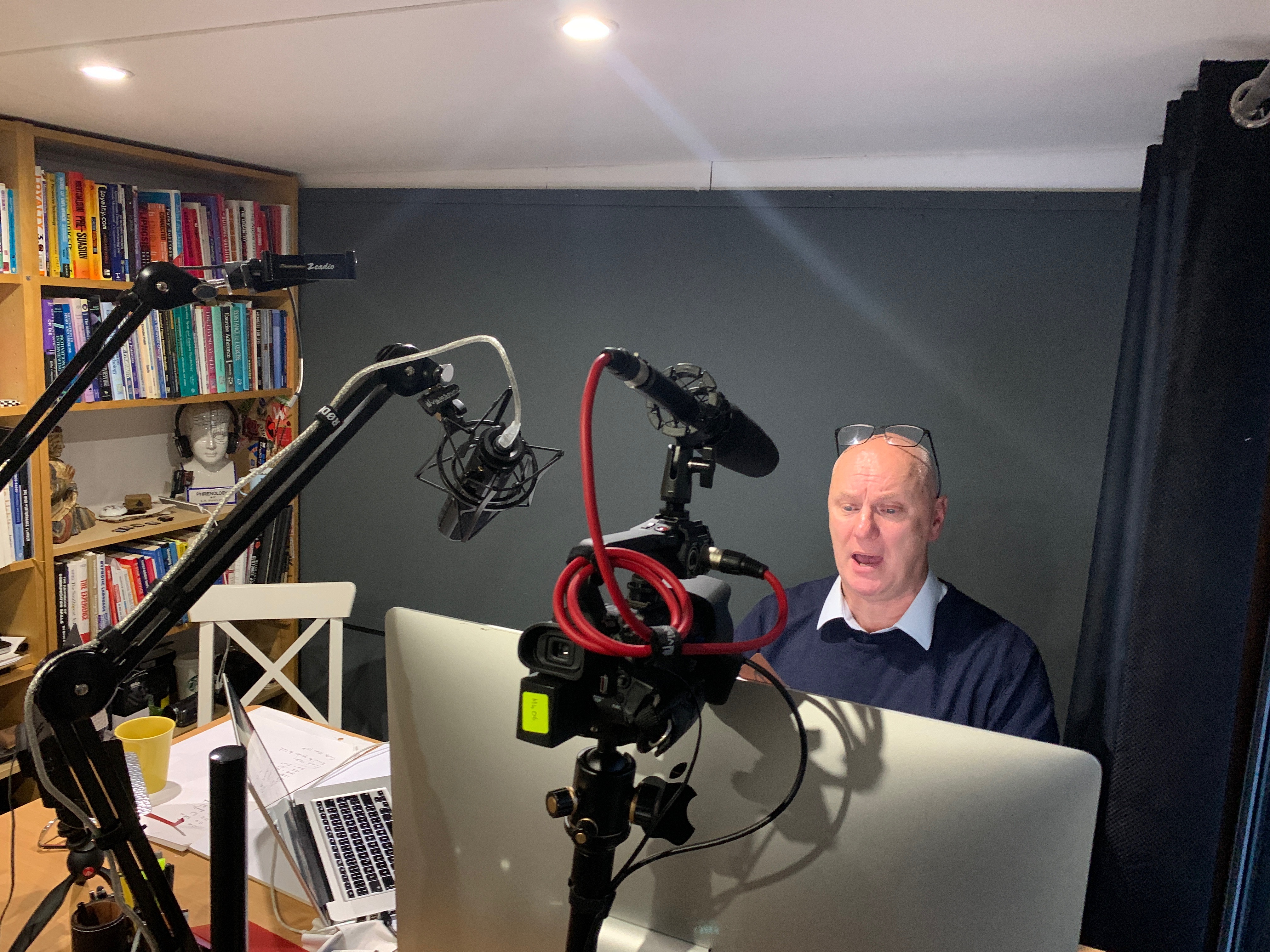8 Essential Planning Steps to Kickstart your Retention
Your business is constantly experiencing change. Whether caused by the global pandemic, fitness trends, new technology implementations, procedural updates, department reorganisation, or customer/member service improvements, change is constant and necessary for growth and profitability.
Developing a consistent approach to the measurement and management of your retention processes will aid in maximising the impact it has on your customer/member s and staff.
One of the most common challenges operators describe to us about tackling retention, is there are so many things they could do, but they don’t know where to start. What should take priority, what will have the biggest impact and what will be the easiest to deliver.
In this blog I will talk about the planning and communications required to develop a successful retention plan.
1. Begin with the End in Mind
Yeah one of Stephen Coveys seven habits, but it’s a concept that has been around since the beginning of time. Since most change occurs to improve a process, a product, or an outcome, it is critical to identify the focus and to clarify goals of your retention processes. Often just focusing on a small core area of the business will have an impact across the whole business. Start by identifying the resources you have available and the staff that will facilitate the process. Most retention systems acknowledge that knowing what to focus on improve the likelihood of the outcomes being achieved and creates a base position for clarity, ease, and successful implementation.
2. Present a Solid Business Case for Your Retention Strategy
Within every organisation there are layers of management and staff that all need to understanding what the desired final outcome is and how they will be involved in achieving that outcome. Be aware that those developing the new normal may not be the ones who are responsible for delivering. At some stage however you will need to identify who and when this revised approach will be communicated.
You will need a more refined message than just “if all our customer/member s just stayed one more month, that would be worth £€$ to us” but its not a bad place to start.
Different members of staff will have different expectations and experiences and there must be a high level of "buy-in" if your retention project is going to succeed.
Managers may need to hear the business case and finical impact of your planned retention project but for customer/member facing staff you may need to explain how your retention project will effect their day-to-day behaviours and the impact that will have on a customer/member.

3. Plan for the Change
This is the "roadmap" that identifies the beginning, the route to be taken, and the destination. You will also need to identify resources to be leveraged, the scope and objective, and fixed and variable costs of these changes into the plan.
A critical element of retention planning is providing a multi-step process rather than sudden, unplanned "sweeping" changes. This involves outlining the project with clear steps with measurable targets, incentives, measurements, analysis and feedback processes.
4. Provide Resources and Use Data for Evaluation
For your retention strategy to be effective you must take time to identify within the planning process, which physical and virtual resource are the critical elements.
The MoSCoW method can help. MoSCoW stands for must, should, could and would:
- M - Must have this requirement to meet the business needs
- S - Should have this requirement if possible, but project success does not rely on it
- C - Could have this requirement if it does not affect anything else on the project
- W - Would like to have this requirement later, but delivery won't be this time
MoSCoW can be applied to infrastructure, equipment, and software systems. Also consider the tools needed for re-education, retraining, and rethinking priorities and practices. You will need to do more than introduce this once and hope everyone will follow the desired plan. You may want to consider drip-feeding your changes so that staff have an opportunity to practice and perfect the behaviours you want, before additional changes or behaviours are added.
If you review articles and journals on change, many identify on-going data gathering and analysis as an under-utilised element of the process. The clarity of clear reporting on progress allows for better communication, proper and timely distribution of incentives, and measuring successes and milestones.
5. Communication One of the most commonly cited complaints by employees is about business the lack of clear communication, from the business, about the projects.
Communication is the "golden thread" that runs through the entire practice of delivering a retention plan. Identifying, planning, on boarding, and executing a successful retention plan is dependent on good communication.
There are psychological and sociological realities inherent in-group cultures that will need to be addressed. But they also have pecking orders, territory, and corporate customs that need to be addressed.
Providing clear and open lines of communication throughout the process is a critical element. At Retention Guru we advocate transparency and two-way communication structures that provide opportunities to identify and share frustrations, recognise what is working, and seamlessly change what does not.
6. Monitor and Manage Resistance Resistance is a very normal part of the process of change, but it can threaten the success of a project. Most resistance occurs due to a fear of the unknown. It also occurs because there is a fair amount of risk associated with change – the risk of impacting dependencies, return on investment risks, and risks associated with allocating budget to something new. Anticipating and preparing for resistance by arming our project teams with tools to manage it will aid in a smooth change lifecycle.

Lifting Workshop - Norwegian Universities Conference - Tromso - Norway 2019
7. Catch People doing things right and Celebrate Success
Recognising milestone achievements is an essential part of any project. When managing a change, it’s important to recognise the success of teams and individuals involved. This will help in the adoption of both your retention process as well as adoption of the overall change itself. Just make sure you link the specific praise and recognition to the behaviour you want other to copy.
8. Apply the philosophy of Kaizen
As much as change is difficult and even painful, it is also an on-going process. The Japanese’s have a philosophy called Kaizen, which means constant and never ending improvement.
Even retention management strategies are commonly adjusted throughout a project. Like communication, this should be woven through all steps to identify and remove roadblocks. And, like the need for resources and data, this process is only as good as the commitment to measurement and analysis.
Common Challenges of Retention Management
Due to ever-changing consumer expectations and the competition in the global economy, the approaches used for retention management is itself constantly changing and evolving. The human element of any change process may be one of the most difficult to navigate because people do not inherently like change or adjust to it well.
I have a slide in one of my presentations that reads.
“People don’t mind change as long as they don’t have to do anything different.”
Most change methods agree that change is difficult and cumbersome. Therefore, involving people early on, implementing process, and continuously adjusting for improvement is critical to success. This includes thorough planning, buy-in, process, resources, communication, and constant evaluation.
If you would like help in tacking retention within your business then please get in touch by emailing me at [email protected] so we can arrange a call.
Paul Bedford PhD
Retention Guru Ltd
Join our Free Retention Guru Community
This group is for those who want to increase retention, reduce attrition and improve the customer experience in a health club environment. It's here for you to share your wins, your challenges and your experiences. It’s here so that you can find support and be supportive.


